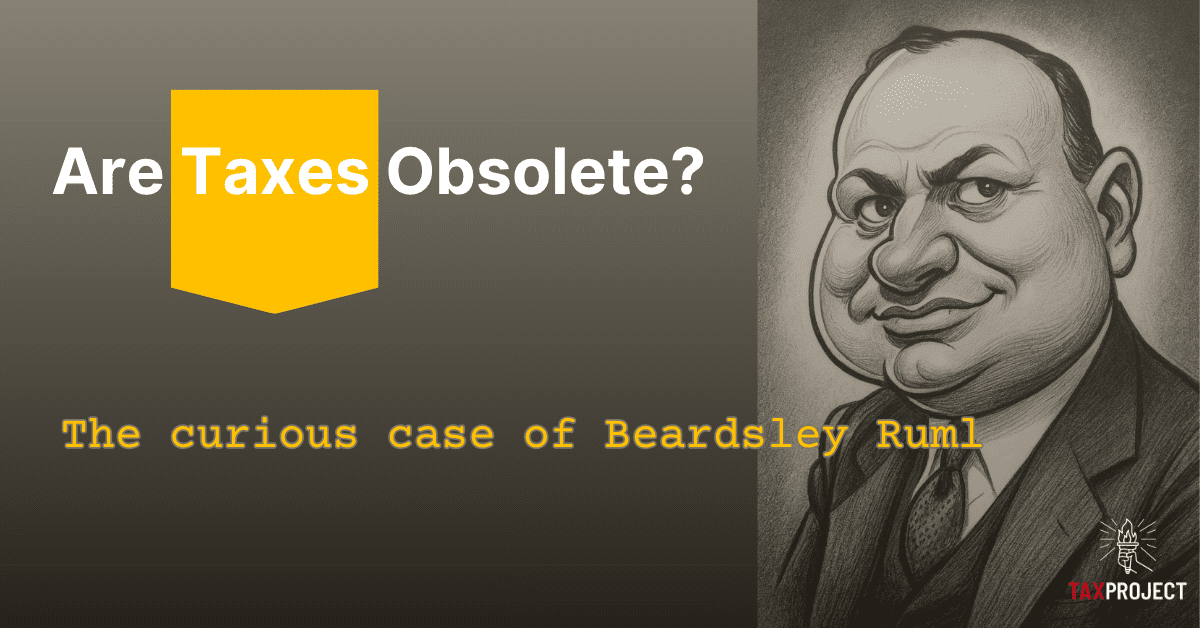History of Government Efficiency Efforts
Throughout history, the American government has consistently sought to improve their efficiency and effectiveness, striving to streamline processes and reduce waste. This ongoing pursuit has led to numerous initiatives aimed at enhancing performance and accountability. From early reforms to modern-day efforts, governments have worked to modernize operations, leveraging technology and innovative strategies to better serve the public. This timeline explores the evolution of these efforts, highlighting key milestones and challenges as governments continue to strive for greater efficiency and effectiveness.
As you can see, the Federal Governments size grew substantially during World War II, and drops after, but at roughly double its pre war base. Then grew steadily till the late 60’s. Since then, it has been been bounding up and down between bands sideways since then. Given that in 1967 the US Population was 198 million, and today we’re closer to 340 million it is clear there have been some productivity gains.
Significance:
- Setup procedures for first Federal Budget proposal
- Consolidated Federal agencies
- Produced 565 page report
- Commission focused on standardizing practices and improving government operations efficiency
- Included paperwork reduction and the disposal of unnecessary files
Learn More

The Budget and Accounting Act of 1921 (enacted June 10, 1921) established the framework for the modern federal budget. The act was approved by President Warren G. Harding to provide a national budget system and an independent audit of government accounts. The official title of this act is “The General Accounting Act of 1921”, but is frequently referred to as “the budget act”, or “the Budget and Accounting Act”. This act required the president to submit an annual budget for the entire federal government to Congress. The object of the budget bill was to consolidate the spending agencies in both the executive and legislative branches of the government.
Significance:
- Centralized Federal budget, before done by Agencies in their silos directly to Congressional Committees
- Greater transparency, and visibility of spending
- Created the Bureau of Budget (now the OMB – Office of Management and Budget) in the Treasury now part of the Whitehouse
- Created the Government Accounting Office, the lead accounting audit agency in the government that provides info to the Whitehouse and reports to Congress.

The Hoover Commission, officially named the Commission on Organization of the Executive Branch of the Government, was a body appointed by President Harry S. Truman in 1947 to recommend administrative changes in the Federal Government of the United States. It took its nickname from former President Herbert Hoover, who was appointed by Truman to chair it. Truman used the Reorganization Act of 1949 to implement the recommendations of the Hoover Commission.
Significance:
- Focused on Efficiency and Economy: The commission’s primary goal was to identify ways to reduce waste, fraud, and inefficiency within the government, while also improving its overall effectiveness.
- Comprised 19 reports and 273 recommendations
- 116 of the recommendations were fully implemented and that another 80 were mostly or partly implemented
- A second Hoover Commission was created by Congress in 1953 during the administration of President Eisenhower.

The Private Sector Survey on Cost Control (PSSCC), commonly referred to as the Grace Commission, was an investigation requested by President Ronald Reagan, authorized in Executive Order 12369 on June 30, 1982. The survey’s focus was on eliminating waste and inefficiency in the United States federal government. Reagan asked the members of that commission to “Be bold. We want your team to work like tireless bloodhounds. Don’t leave any stone unturned in your search to root out inefficiency.”
Significance:
- President Reagan used the “Drain the swamp” phrase.
- Businessman J. Peter Grace chaired the commission.
- Recommendations were largely ignored by Congress
- Report claimed $424 billion could be saved in three years if recommendations followed
- 2478 page report comprised of 36 Task Force Reports, and 11 Special Reports
- Summary denoted “Resistance to additional income taxes would be even more widespread if people were aware that” ominous statements followed

The National Partnership for Reinventing Government (NPR), often referred to as the National Performance Review, was a U.S. government reform initiative launched in 1993 by Vice President Al Gore. Its goal was to make the federal government “work better, cost less, and get results Americans care about”. The initiative aimed to streamline processes, cut bureaucracy (with a focus on overhead costs beyond issues addressable by statute), and implement innovative solutions.
Significance:
- Eliminated over 100 programs, and 250,000 federal jobs
- Consolidated over 800 agencies
- Introduced performance measurements, and customer satisfaction surveys
- Encouraged the use of Technology and the Internet
- Comprised 384 recommendations, and 2000 pages of proposals
- NPR promised to save the federal government about $108 billion
- Four Themes: 1) Put customers first 2) Cut red tape 3) Empower employees to get results 4) Cut back to basics

The Government Performance and Results Act (GPRA) of 1993 is one of a series of laws designed to improve government performance management. The GPRA requires agencies to engage in performance management tasks such as setting goals, measuring results, and reporting their progress. In order to comply with the GPRA, agencies produce strategic plans, performance plans, and conduct gap analysis of projects. The GPRA established project planning, strategic planning, and set up a framework of reporting for agencies to show the progress they make towards achieving their goals.
Significance:
- Required Goal Setting, Measurement, and Reporting of performance
- Aids Congress in their ability to manage programs based on performance for each fiscal year.
- Improve the performance of all federal agencies and measure their effectiveness.
- Compare current results to previous years as a measure of effectiveness.

The Government Accountability Office (GAO) has been issuing annual reports since 2011 on federal programs with duplicative or overlapping goals. These reports aim to identify areas where efficiency can be improved, costs reduced, and revenue enhanced. The GAO was authorized by the Congressional Budget and Impoundment Control Act of 1974 to conduct program evaluations and analyses of federal activities, which includes identifying areas for cost savings and efficiency improvements. It was updated to act to identify areas of duplication, overlap, or fragmentation in federal programs by the Dodd-Frank Wall Street Reform and Consumer Protection Act of 2010.
Significance:
- GAO annually identifies federal programs, agencies, offices, and initiatives with fragmented, overlapping, or duplicative goals or activities.
- From 2011 to 2023, GAO introduced 132 matters for Congress and 1,753 recommendations for federal agencies. These efforts have cumulatively resulted in about $600 billion in financial benefits
- As of April 2023, Congress and agencies had fully addressed about 66% of the matters and recommendations, with another 8% partially addressed

The Department of Government Efficiency (DOGE) is an initiative of the second Trump administration led by Elon Musk. Its purpose is to carry out Trump’s agenda of federal spending cuts, deregulation, and to “modernize federal technology and software to maximize governmental efficiency and productivity.” While much of the work is still in progress and the full plans are not known, the Trump administration appears to be suggesting major reforms and cut backs in the Federal government.
Significance:
- Elimination of some agencies, including USAID and Department of Education
- Consolidation, sale, and elimination of unused Office space
- Layoffs, and Buyout offers of Federal employees
- Significant reductions in Regulation and Bureaucracy
- Goal to reduce $1 Trillion in Federal government spending
- Reduce scope and scale of government, reign in National Debt, and reduce Budget deficits


































